#waste segregation
Text
हरे-भरे भविष्य के लिए समझदार चुनाव! आइए, मिलकर बदलाव लाएं! 🌍♻️
DiscoverAndRise लोगो में जागरूकता बढ़ाने और सकारात्मक बदलाव के लिए समर्पित है।आपके छोटे प्रयास बड़ा बदलाव ला सकते हैं।
#DiscoverAndRise#SaveTheEarth#Awareness#Community#WasteSegregation#EcoFriendly#SustainableLiving#RecycleRight#WasteSegregationisImportant#Save the earth#Waste segregation#Dry Waste#Wet Waste#Single-use plastic#Sustainable living#Eco-friendly
1 note
·
View note
Text
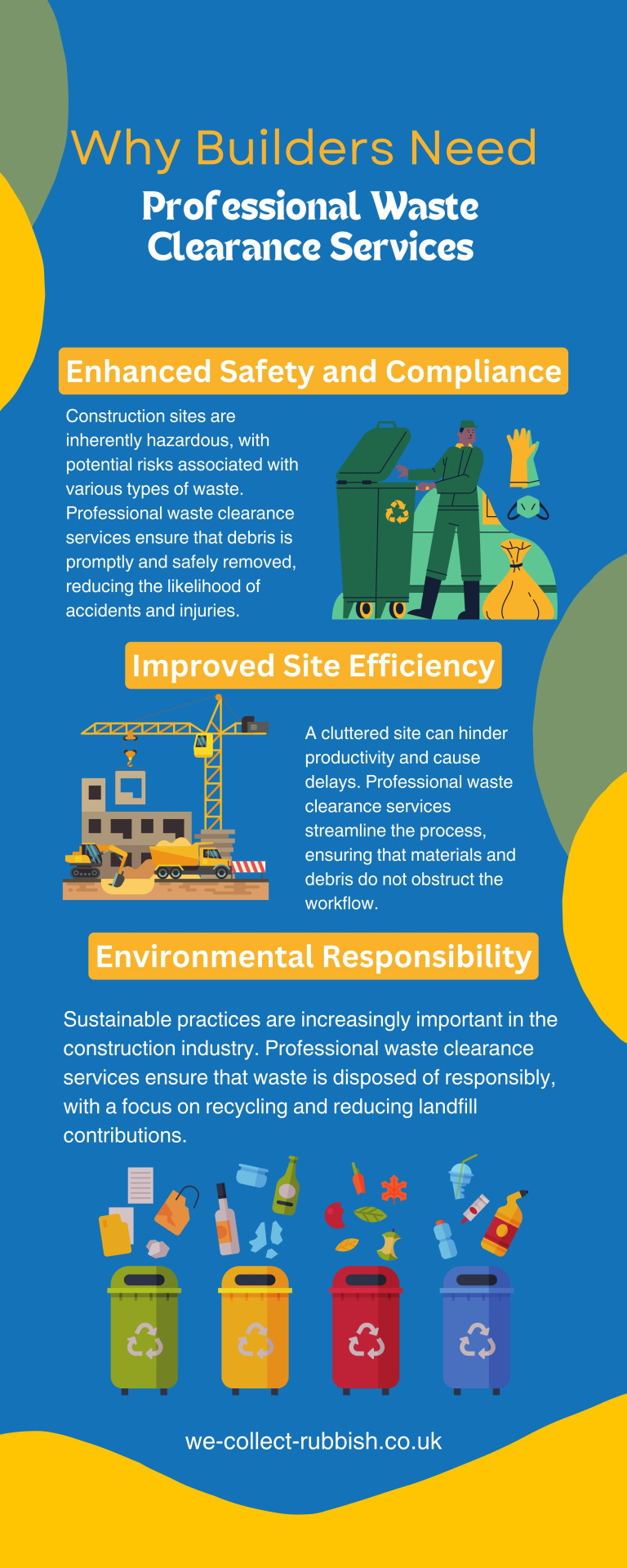
Why Builders Need Professional Waste Clearance Services
0 notes
Text
Learn essential waste management practices for chemical manufacturing from A-Gas Electronic Materials. This guide covers waste minimisation, segregation, recycling, safe storage, and compliance. Enhance sustainability and efficiency in your operations.
#waste management#chemical manufacturing#waste minimisation#waste segregation#recycling#safe storage#regulatory compliance#hazardous waste#solvent recovery#A-Gas Electronic Materials#UK#sustainability#industrial waste#chemical waste disposal#waste treatment#environmental regulations
0 notes
Text
#Plastic credit#Carbon credit#Waste Segregation#Waste Recycling#Portable Public Toilets#Mission Life
0 notes
Text
You know I think we can resolve a lot of our problems and moral dilemma by asking ourselves "does this really matters that much?"
#this is mostly in relation to current moral panic specifically in france but i think it van apply to a variety of contexts#like idk if yall know but france hate muslim people (specifically women) so much and it's so absurd#like... so much debate over muslim girls in school specifically#'we can't let them wear hijabs cuz hijab is a symbol of oppression*' okay well does it really matters that much?#isn't it more important to let them go to fucking school in peace instead of forcing them to remove it#(*i know it's stupid but that's the mainstream view of the hijab in france)#'but we have to stay religiously neutral at school' why? i understand teachers being religiously neutral but students who care?#wouldn't it be better to let anyone exprime their identity instead of forcing a standard�� so‚ y'know‚ people can learn about diversity?#'well sometimes they refuse to go to swimming lessons because they don't want to be half naked in front of boys/men'#yeah i can understand that somehow not sure it's specific to their religion tho maybe we shouldn't force kids to get half naked idk#maybe we could allow them to go to female only swimming lessons if they want to#'WHAT?! but that's separating bous from girls that's sexist and we won't surrender to that backwards vie-' does it really matters?#obviously i don't believe society should be segregated between men and women but here isn't it more important that those kids learn to swim?#(yeah i fucking hate this debate)#and that works for a lot of subjects#'but trans people-' that's 0.09% of people what the fuck are you talking about#'but if we let kids transition and they regret it' yeah what if? sometimes people do shit they regret (but let's look at the stats too)#if they have regrets we should support and help them and that's it#and like‚ sometimes the answer is 'yes' and if it is you have to keep fighting for your cause#but you have to choose your fights donlt waste energy again things that don't matter that much
8 notes
·
View notes
Text
Preventing Flood and Improving Proper Segregation

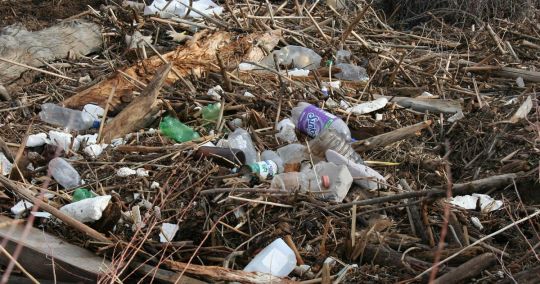

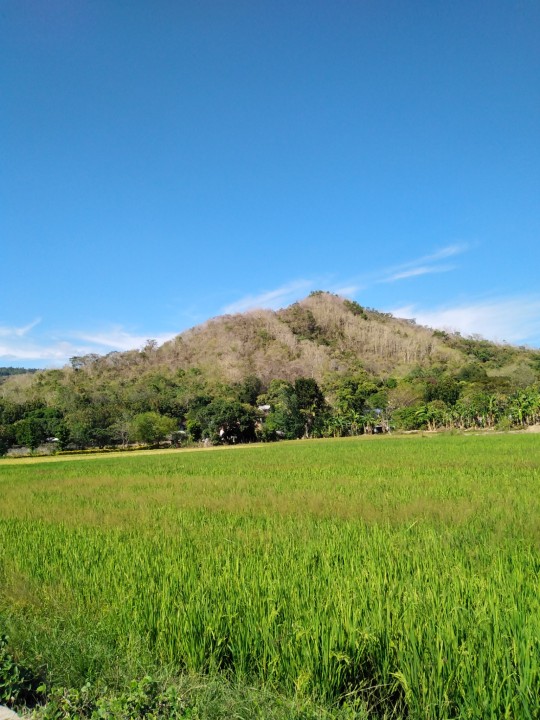
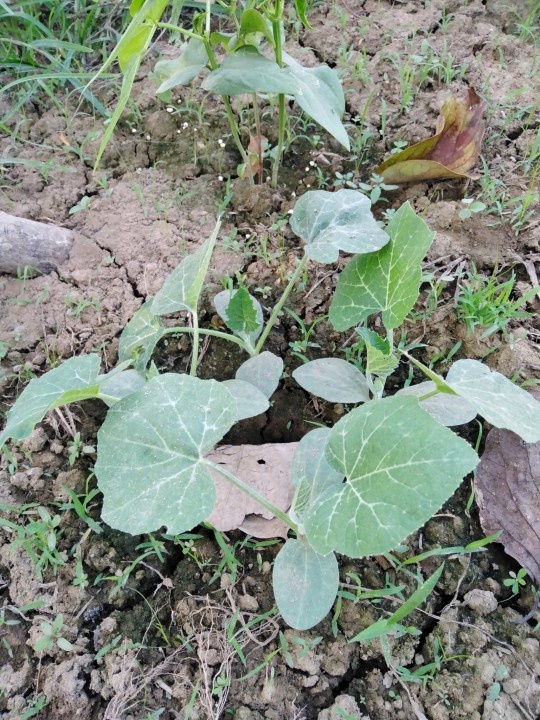
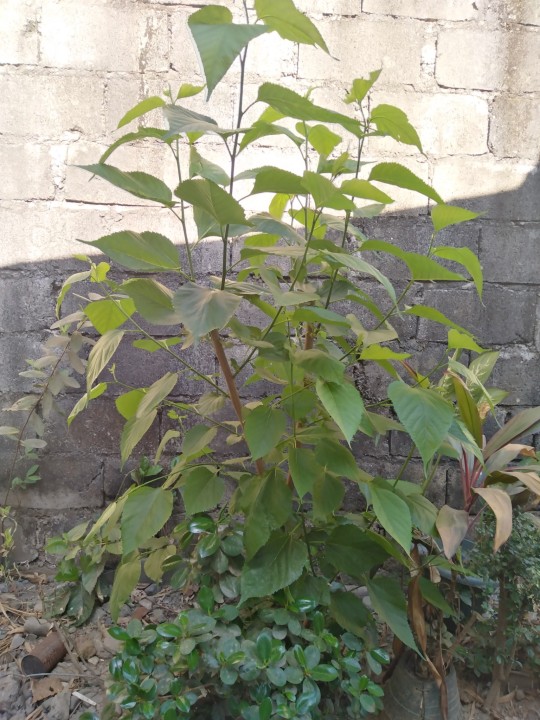
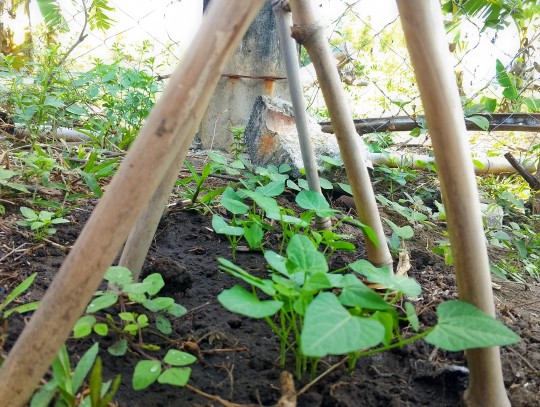
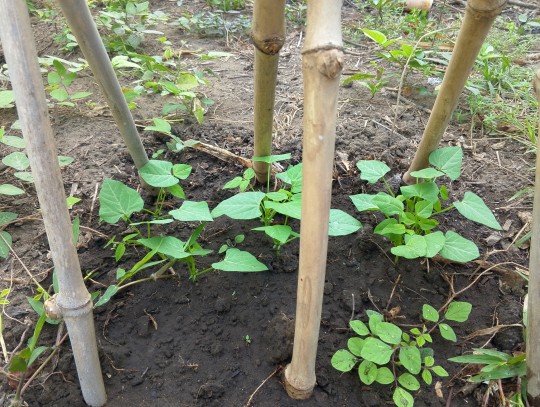
Improper waste segregation is the habitual dilemma even in our own locality. This kind of situation was the main problem even in a small town because of clogging of drainage and pond of trash because of the immorality of individuals regarding throwing the trash.
We just notice that some individuals didn't know how to segregate the trash and doesn't have the biodegradable, non biodegradable and recyclable bin in their community.
Planting is important in our life for numerous reasons. Here are some key benefits:
1. Environmental Impact: Plants play a crucial role in maintaining a healthy environment. They absorb carbon dioxide and release oxygen through photosynthesis, helping to reduce air pollution and combat climate change. Trees, in particular, are effective in absorbing harmful greenhouse gases and providing shade, which helps to cool the surrounding areas.
2. Biodiversity Conservation: Planting trees and other vegetation helps to preserve and restore natural habitats, supporting a diverse range of plant and animal species. This is important for maintaining ecological balance and preserving biodiversity.
3. Improved Air Quality: Plants act as natural air filters, removing pollutants and toxins from the air. They absorb harmful gases and particulate matter, thereby improving the quality of the air we breathe. This is especially beneficial in urban areas with high levels of pollution.
4. Soil Conservation: Planting trees and plants helps to prevent soil erosion. Their roots hold the soil together, reducing the risk of erosion caused by wind and water. This is crucial for maintaining fertile soil for agriculture and preventing land degradation.
5. Aesthetics and Mental Well-being: Plants enhance the beauty of our surroundings, whether it's a garden, park, or indoor space. Being in the presence of plants has been shown to have a positive impact on our mental well-being, reducing stress and improving mood.
7. Educational and Recreational Value: Planting and gardening provide opportunities for education and recreation. It allows us to learn about plant life cycles, ecosystems, and the importance of environmental stewardship. It also offers a rewarding and enjoyable hobby that can be shared with family and friends.
Plants contribute to reducing air pollution through a process called photosynthesis. During photosynthesis, plants absorb carbon dioxide from the air and release oxygen. This natural process helps to remove carbon dioxide, a greenhouse gas, from the atmosphere, which plays a significant role in mitigating climate change.
In addition to carbon dioxide absorption, plants also have the ability to filter and remove other pollutants from the air. The leaves of plants have small openings called stomata, which allow them to take in carbon dioxide for photosynthesis. These stomata can also absorb other gases and particles present in the air, such as nitrogen dioxide, ozone, sulfur dioxide, and particulate matter.
Trees, in particular, are effective in reducing air pollution. Their large canopies and extensive root systems make them excellent air filters. Trees can trap and absorb pollutants, including dust, smoke, and various gases, helping to improve air quality in urban areas. They also provide shade, which can lower temperatures and reduce the formation of ground-level ozone, a harmful air pollutant.
Urban green spaces, such as parks and gardens, with a variety of plants and trees, can act as "green lungs" for cities. They help to create a healthier and more pleasant environment by reducing the levels of air pollutants and providing oxygen-rich air for people to breathe.
Cutting trees and dead trees is also a dilemma to the cities like metro manila, trees are convenient and a life saver to the people since it was a good shelter when the sun was still and trees absorb water from the rain or even the stock water in the surroundings.
If we will throw our garbage properly and in the right segregation we can avoid the wrong habitual and we can see the smoothness of flowing water in the river and drainage in addition to that if we stop cutting trees it can absorb a water and it has many benefits to the individual in the communities and maybe some dead tree can survived due to the water absorbing .
It's important to note that while plants contribute to reducing air pollution, they alone cannot solve the problem entirely. It requires a collective effort to reduce emissions from various sources and adopt sustainable practices. However, planting and preserving vegetation play a crucial role in improving air quality and creating a more sustainable and livable environment.
2 notes
·
View notes
Text

Do Your Part: Separate Smart! Keep our planet clean by segregating your daily waste.
For more info:
#pondicherry#pondicherrymunicipality#pondicherrylovers#recycling#segregation#solid waste management#garbage#reduce reuse recycle#no plastic#environment
0 notes
Text
Jugsalai Bata Chowk GVP Point Transformed in Cleanliness Drive
Jugsalai Municipal Council takes decisive action to combat improper waste disposal and promote sanitation
Jugsalai’s waste management initiative sees success with the transformation of Bata Chowk GVP Point, implementing door-to-door collection and public awareness campaigns.
JAMSHEDPUR – The Jugsalai Municipal Council has successfully revitalized the Bata Chowk Garbage Vulnerable Point (GVP) as…
#जनजीवन#Bata Chowk transformation#community waste awareness#door-to-door waste collection#GVP point cleanup#Jharkhand sanitation efforts#Jugsalai cleanliness drive#Life#municipal waste segregation#Swachh Bharat Mission Urban 2.0#urban cleanliness initiatives#waste management Jamshedpur
0 notes
Text

At Griffin Solutions, we specialize in waste segregation management, ensuring a cleaner and more sustainable environment. Our comprehensive services include the systematic separation of waste into recyclables, organic waste, hazardous materials, and general trash. By implementing effective waste segregation practices, we help reduce landfill use, promote recycling, and ensure the safe disposal of hazardous substances. Our team of experts provides tailored solutions for businesses and communities, emphasizing education and compliance with environmental regulations. Trust Griffin Solutions for efficient and responsible waste management, and join us in fostering a healthier, more sustainable future for our planet.
0 notes
Text
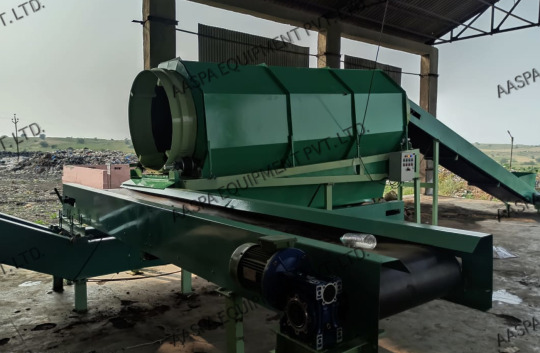
Solid Segregation Waste Plant
0 notes
Text
#C&D Waste Dry Line Processing Manufacturer in India#Feed Hopper#Recycled#Segregator#Picson Construction Equipments Pvt.Ltd
0 notes
Text
I, together with my group mates, conducted interviews on more than eight individuals inside and outside Central Mindanao University campus regarding what they see as the primary concern in our environment as well as products or services they are seeking to make their life more convenient and to maintain environmental improvement.
We have noticed that most of their concerns were the lack of trash bins as well as improper waste disposal and segregation. Concerning inside the campus, they also noticed that there really is no trash bins alongside school canteens and college buildings. Moreover, with regard to those people I have interviewed outside the campus, the way they see it, it is certain that garbage with improper waste disposal and segregation is constant. Evidently, it was undeniable that garbage is still a crucial problem in our environment.
With respect to those individual’s responses; together with my group mates, we have come up with the solution that in order to lessen garbage in the community, we shall produce and design a product that is essential, convenient, and easier for everyone to utilize. This product will be used not just inside the campus but also in all possible places; Automated Waste Segregation is the key! Thus, our hypothesis would be: “If there is automatic waste segregation everywhere, it will make everyone’s life lot easier to throw a trash than a plain garbage can.”
Through the entire conducting of interviews, I have learned that business is not just about earning money, but also it is about doing what you could do in order to be of service to improve a community. Moreover, I have also learned that there are people who are still environmentally conscious. Their opinions and perceptions would make a huge difference as it is not just an opinion, but could be also an achievable platform to make a better solution for a better environment.





1 note
·
View note
Text
(sending one email shouldnt give me so much fucking anxiety but it does sdygcysdgduygdygysud i hate doing i.mmigration-related stuff)
#negative ;#tw: vent#ooc / on mobile!#(its not even the actuall immi stuff but prepwork for it but my god i feel sick anyway lmao)#(every day i curse my naive high school self that just blindly applied to random unis without thinking)#(I SHOULD HAVE STAYED HOME I COULD HAVE DONE THIS WHOLE IMMI THING LATER BUT NOOOO IM HERE NOW SO I CAN ONLY DO IT OR ELSE ITS A HIGH WASTE)#(AHHHHHHHH I WANT TO SCREAM OVER THIS but its also just 1 email AAAH THAT MAKES ME WANNA SCREAM MORE)#(if i rewind time i am telling my younger self to just go to a local uni bc sure i had a lot of new experiences but i also have anxiety now)#(and depression but i think that was always there and moving alone across the world really highlighted it)#(every day i live in the great fear that if i fuck this up then im gonna get kicked out and then where do i go lol india?? hell no)#(i dont speak a lick of hindi i would probs d word if i get sent there)#(the concept of geo-political units and restrictive assignment and segregation to such was a FUCKING MISTAKE!!!!!!!!!!!!!)#(I HATE THIS WHY IS THE WORLD LIKE THIS REWIND THIS SHIT ALREADY SUHCUISICUSGSC)
1 note
·
View note
Note
Any mention of shape segregation
Nope.
Here's what we know about how his dimension handled shapes and how it compares to canon Flatland:
Bill mentions rhombuses and trapezoids when talking about his home and that they're wasting his oxygen. In Flatland, rhombuses & trapezoids would never be allowed to live—only squares are regular quadrilaterals, and any deviation from regularity so great it can't be fixed in childhood (about 1º) is grounds for execution or imprisonment. So the mere existence of rhombuses & trapezoids in great enough numbers that Bill can comment on them means his dimension was MUCH more tolerant of irregularity than Flatland.
A triangle suggesting quadrilaterals are wasting his air could mean that quadrilaterals don't outrank triangles in his dimension—or, that could just be Bill's ego talking. On the other hand, a regular(ish?) triangle suggesting irregular quadrilaterals are beneath him could be prejudice against irregularity... or, again, could just be Bill's ego talking.
When Bill claims to be geometrically perfect, he tells the reader to stop staring at his "hypotenuse." Only right triangles (triangles with a 90º angle) have a "hypotenuse," while equilateral triangles are 60º/60º/60º An irregular that's 30º off of regularity is unheard of in Flatland, and would be MILES beyond grounds for execution, never mind wasting time surgically correcting it. IF Bill really had a hypotenuse, the mere fact that he's alive means his dimension is incredibly different from Flatland. (Or: it could mean that Alex is playing fast & loose with what he remembers from geometry class and he just used "hypotenuse" to mean "the longest side.")
When he claims to be geometrically perfect, he doesn't say that all his angles/sides are the same. Only that they add up to 180º, which is true of every triangle.
Bill seems to be very proud of being a triangle, at odds with how low-ranked they are in Flatland; again, this could mean triangles WEREN'T low ranked in his world, or it could just be Bill's ego.
His fake magazine cover says "FEELING OBTUSE? Get acute for the summer!" This could be only a joke about fad diets in magazines: but IF we decide to take it seriously, obtuse angles are anything over 90º, so that suggests ideal triangles have all acute angles, but that having an obtuse angle is something that can be address through a fad diet rather than through infant surgery or execution. (This would only apply to triangles: a regular quadrilateral would have all right angles, not obtuse or acute; and any higher regular shapes are supposed to have all obtuse angles.)
One of the hidden codes in the book says "IRREGULAR," that's it, no further context. It stands to reason, though, that this means the concept of irregularity exists in Bill's dimension, and it's a sore point. (But we have no context yet for what "irregular" means in the Gravity Falls setting; maybe it has nothing to do with a shape's sides/angles, and just refers to other disorders or mutations like Bill's ability to see the third dimension.)
Another hidden code says "HIS DIMENSION NOW DECEASED SCALENE AND EUCLID REST IN PEACE". We don't know who/what "scalene" and "euclid" are yet. Another couple codes suggest "Euclidia" might be the name of his dimension and/or homeworld, so "Scalene and Euclid" might be the names of worlds; another theory is that Scalene and Euclid are his parent's names. At any rate, "scalene" means a triangle with no matching sides/angles; Flatland allows for isosceles triangles with two matching sides, but not scalene. It seems unlikely that a person or planet would be named Scalene unless being scalene was normal and accepted in society.
The codes mention a fair amount of medical trauma in baby Billy's childhood, but it all seems to revolve around his eye, not his shape. If he was a right triangle and became equilateral, either he got surgery too young to remember; got medical interventions he could remember that were not traumatic; or had no medical interventions at all, and maybe in his dimension a growing triangle can naturally develop from a 90º angle into a 60º angle.
tl;dr:
NO mention of segregating shapes
NO mention of a hierarchy based on how many sides you have
extreme irregularity seems to be tolerated and NOT grounds for execution
there's evidence to suggest that, at minimum, ideal triangles have all acute angles; this implies the possibility that regularity was still preferred to irregularity, even if irregularity is tolerable
evidence suggests they believed you could change your angles via personal decisions (i.e. diet) and therefore your shape isn't permanently set or a reflection of your intrinsic morality
medical interventions for irregular angles were either milder compared to Flatland or non-existent
"irregularity" in their society might refer to mutations unrelated to their geometric shapes
And that's everything we know about how shapes are treated in his dimension.
Let me know if I missed any mention of angles or shapes in his dimension.
221 notes
·
View notes
Text
anyways i read the acotar series and it's the most godawful, horrendously written piece of ya fiction ever and the portrayal of faeries is downright disgusting cause babe those aren't faeries those are just really pretty people who you gave magic and slapped some cool features and called it a day. your know what ACTUAL fae are??? terrifying. otherworldly. ethereal. they break humans norms in a other-species way not should-be-a-convicted-felon way. look at holly black's books. the cruel prince portrayed fae so well, they were terrifying, they were ethereal, their disdain for humans was so well expressed not just left over racism from a 500 year old war and it was also wonderful fae love story because cardan and jude — actually screw it that essay will have to wait and rhys and feyre can't be on jurdan's level if they tried — but my point is that her portrayal of fae is just... immortal humans and then everyone hypes her world building up... BABE WHAT WORLD BUILDING. WHERE. the courts are never expanded on. do they have separate languages? religions? cultures? what does their traditional clothing look like? what does their traditional music sound like? what are their folktales? and i get it it's tricky to expand on this for seven courts but like we don't even know this about the night court or the spring court aside from a few dancing scenes and a few events. like aside from the solstices and starfall, what other events do they have? do they have any at all ( they should cause fae adore revels)? i just can't there's so much wasted potential in acotar it makes me mad
and all the lesser fae < high fae + prythian resembling britain and hybern resembling ireland ( honest to god this is creepy ) + extreme misogyny that is never fixed and the main male leads being misogynists themselves + women of color are plain and not as pretty as white women + the infantilization of pregnant women and reproductive abuse + the fucking faerie segregation that happened when hewn city civilians couldn't get into or access services from velaris... like i could go on and on. but i despise the series except for the first book because it's such goals, even if it had errors and i only even read all the way till the end cause 1) i just... kept hoping it'd get better (it didn't) 2) queen nesta archeron and my bbg lucien
so uh in short to everyone who recommended me acotar i don't trust you anymore
#꒰ ✿ ꒱ — rose.#anti acotar#acotar#anti sjm#screaming#it's 4am and i am SEETHING cause i just remembered Mr. Everyone Hates Me Because I Am A Bastard 🥺 literally told my nesta that#she couldn't have sugar on her oatmeal and she could 'eat what he gave#or eat nothing' it's not the exact quote but he basically told her to eat his approved diet or starve#UGHHH FREE MY GIRLLL
42 notes
·
View notes
Text
Filters in the way of technologically advanced life in the universe and how likely I think they are
1. Abiogenesis (4.4-3-8 billion years ago): Total mystery. The fact that it happened so quickly on Earth (possibly as soon as there was abundant liquid water) is a tiny bit of evidence for it being easy. Amino acids and polycyclic hydrocarbons are very common in space, but nucleotides aren't, and all hypothetic models I've seen require very specific conditions and a precise sequence of steps. (It would be funny if the dozen different mechanisms proposed for abiogenesis were all happening independently somewhere.)
2. Oxygenic photosynthesis (3.5 billion years ago) (to fuel abundant biomass, and provide oxygen or some other oxidizer for fast metabolism): Not so sure. Photosynthesis is just good business sense -- sunlight is right there -- and appeared several times among bacteria. But the specific type of ultra-energetic photosynthesis that cracks water and releases oxygen appeared only once, in Cyanobacteria. That required merging two different photosynthetic apparati in a rather complex way; and all later adoptions of oxygenic photosynthesis involved incorporating Cyanobacteria by endosymbiosis. For all that it's so useful, I don't know if I'd expect to see it on every living planet.
3. Eukaryotic cell (2.4 billion years ago?): Probably the narrowest bottleneck on the list. Segregated mitochondria with their own genes and a nucleus protecting the main genome are extremely useful both for energy production (decentralized control to maximize production without overloading) and for genetic storage (less DNA damage due to reactive metabolic waste). But there's a chicken-and-egg problem in which incorporating mitochondria to make energy requires an adjustable cytoskeleton, but that consumes so much energy it would require mitochondria already in place. Current models have found solutions that involve a very specific series of events. Or maybe not? Metabolic symbiosis, per se, is common, and there may have been other ways to gene-energy segregation. Besides, after the origin of eukaryotes, endosymbiosis occurred at least nine more times, and even some bacteria can incorporate smaller cells.
4. Sexual reproduction (by 1.2 billion years ago): Without meiotic sex (combining mutations from different lineages, decoupling useful traits from harmful ones, translating a gene in multiple way), the evolution of complex beings is going to be painfully slow. Bacteria already swap genes to an extent, and sexual recombination is bundled in with the origin of eukaryotes so I probably shouldn't count it separately (meiosis is just as energy-intensive as any other use of the cytoskeleton). Once you have recombination, life cycles with spores or gametes and sex differentiation probably follow almost inevitably.
5. Multicellularity (800 million years ago?): Quite common, actually. Happens all the time among eukaryotes, and once in a very limited form even among bacteria. Now we'd want complex organized bodies with geometry-defining genes, but even that happened thrice: in plants, fungi, and animals. As far as I know, various groups of yeasts are the only regressions to unicellularity.
6. Brains and sense organs (600 million years ago): Nerve cells arose either once or twice, depending on whether Ctenophora (comb-jellies) and Eumetazoa (all other animals except sponges) form a single clade or not. Some form of cellular sensing and communication is universal in life, though, so a tissue specialized for signal transmission is probably near inevitable once you have multicellular organisms whose lifestyle depends on moving and interacting with the environment. Sense organs that work at a distance are also needed, but image-forming eyes evolved in six phyla, so no danger there (and there's so many other potential forms of communication!).
Just to be safe, you'll also want muscles and maybe mineralized skeletons on the list, but I don't think either is particularly problematic. An articulated skeleton is probably better than a rigid shell, but we still have multiple examples of that (polyplacophorans, brittle stars, arthropods, vertebrates).
7. Life on land (400 million years ago): (Adding this because air has a lot more oxygen to fuel brains than water (the most intelligent aquatic beings are air-breathers), and technology in water has the issue of fire.) You're going to need a waterproof integument, some kind of rigid support system, and kidneys to regulate water balance. Plenty of animal lineages moved on land: vertebrates, insects, millipedes, spiders, scorpions, multiple types of crabs, snails, earthworms, etc. Note that most of those are arthropods: this step seems to favor exoskeletons, which help a great deal in retaining water. Of course this depends on plants getting on land first, which on Earth happened only once, and required the invention of spores and cuticles. (Actually there are polar environments where all photosynthesis occurs in water, but they are recently settled and hardly the most productive.)
8. Human-like intelligence (a few million years ago?): There seems to a be a general trend in which the max intelligence attainable by animals on Earth has increased over time. There's quite a lot of animals today that approach or rival apes in intelligence: elephants, toothed cetaceans, various carnivorans, corvids, parrots, octopodes, and there's even intriguing data about jumping spiders. Birds seem to have developed neocortex-like brain structures independently. Of course humans got much farther, but the fact that even other human species are gone suggests that a planet is not big enough for more than one sophont, so the uniqueness of humans might not necessarily imply low probability. (We seem to exist about halfway through the habitability span of Earth land, FWIW.)
The evolution of sociality should probably be lumped here: we'll want a species that can teach skills to its offspring and cooperate on tasks. But sociality is also a common and useful adaptation: many species on our list (octopodes are a glaring exception) are intensely social and care for their offspring.
I mentioned above that the land-step favors exoskeletal beings, which in turns favors small size; but the size ranges of large land arthropods and very intelligent birds overlap, so that's not disqualifying.
9. Agriculture and urban civilization (11,000 years ago): Agriculture arrived quite late in the history of our species, but when it arrived -- i.e. at the end of the Wurm glaciation -- it arrived independently in four to eight different places around the world, in different biogeographic realms and climates, so I must assume that at least some climate regimes are great for it (glacial cycles are a minority of Earth's history; but did agriculture need to come after glaciations? Maybe a shock of seasonality did the trick). And once you have agriculture, complex urbanized societies follow most of the time, just a few millennia later. Even writing arose at least three times (Near East, China, and Mexico), and then spread quickly.
10. Scientific method and industrialization (300 years ago): We're getting too far from my expertise here, but whatever. The Eurasian Axial Age suggests that all civilizations with a certain degree of wealth, literacy, and interconnection will spawn a variety of philosophies. Philosophical schools that focus on material causes and effects like the Ionians or Charvaka have appeared sometimes, but often didn't win over more supernaturalist schools. Perhaps in pre-industrial times pure materialism isn't as useful! You may need to thread a needle between interconnected enough to exchange and combine ideas, and also decentralized enough that the intellectual elite can't quash heterodoxy.
As for industrialization, that too happened only once, though that's another case in which the first achiever would snuff out any other. I hear Song China is a popular contender for alternative Industrial Revolutions (with coal-powered steelworks!); Imperial Rome and the Abbasid Caliphate are less convincing ones. For whatever reason, it didn't take until 18th century Britain.
11. Not dying randomly along the way: Mass extinctions killing off a majority of species happened over and over -- the Permian Great Dying, the Chicxulub impact, the early Oxygen Crisis -- but life has always rebounded fairly quickly and effectively. It's hard enough to sterilize an agar plate, let alone a planet. Disasters on this scale are also unlikely to happen in the lifespan of planet-bound civilizations, unless of course the civilizations are causing them. A civilization might still face catastrophic climate change, mega-pandemics, and nuclear war, not to mention lesser setbacks like culture-wide stagnation or collapse, and I couldn't begin to estimate how common, or ruinous, they would actually be.
****
I have no idea how common the origin of life is, but the vast majority of planets with life will only have bacterial mats and stromatolites. Of the tiny sliver that evolved complex cells, a good chunk will have their equivalents of plants and animals, most of which may have intelligent life at least on primate- or cetacean-level at some later point. At any given time, a tiny fraction of those will have agricultural civilizations, at an even tinier fraction of that will have post-industrial science and technology. Let's say maybe 1 planet with industrial technology out of 100 with agriculture, 100,000 with hominid-level intelligence, 10 million with animal-like organisms, 100 millions with complex cells, and 10 billions with life at all?
27 notes
·
View notes